Tag Archives: hydrogel
MIT’s thread-like robot can slip through blood vessels in your brain
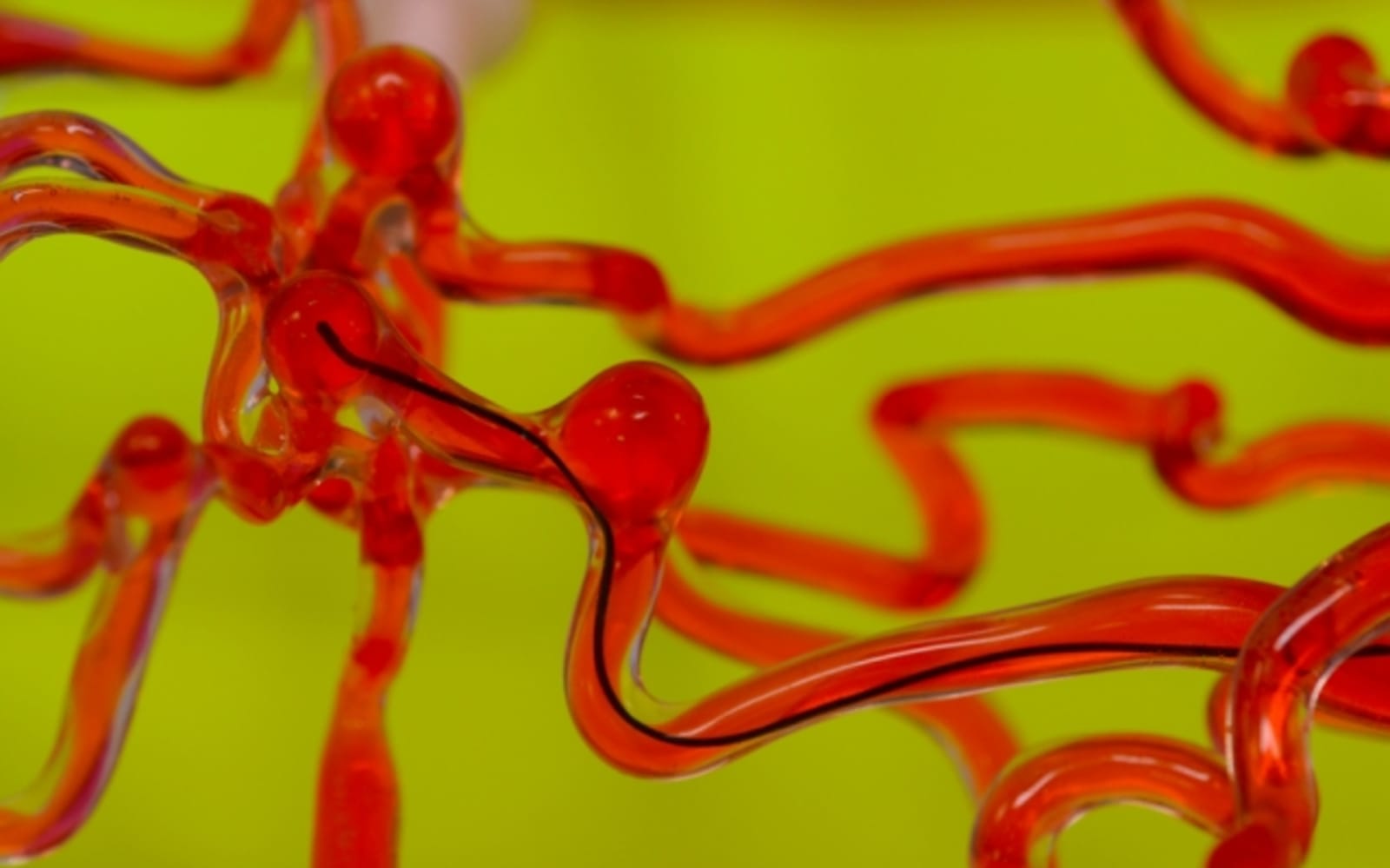 MIT engineers created a thread-like robot that can glide through the brain's blood vessels and could deliver clot-reducing drugs to treat strokes or aneurysms. The robotic thread could offer an alternative to open brain surgery, and it could be contr...
MIT engineers created a thread-like robot that can glide through the brain's blood vessels and could deliver clot-reducing drugs to treat strokes or aneurysms. The robotic thread could offer an alternative to open brain surgery, and it could be contr...
Scientists bioprint living tissue in a matter of seconds
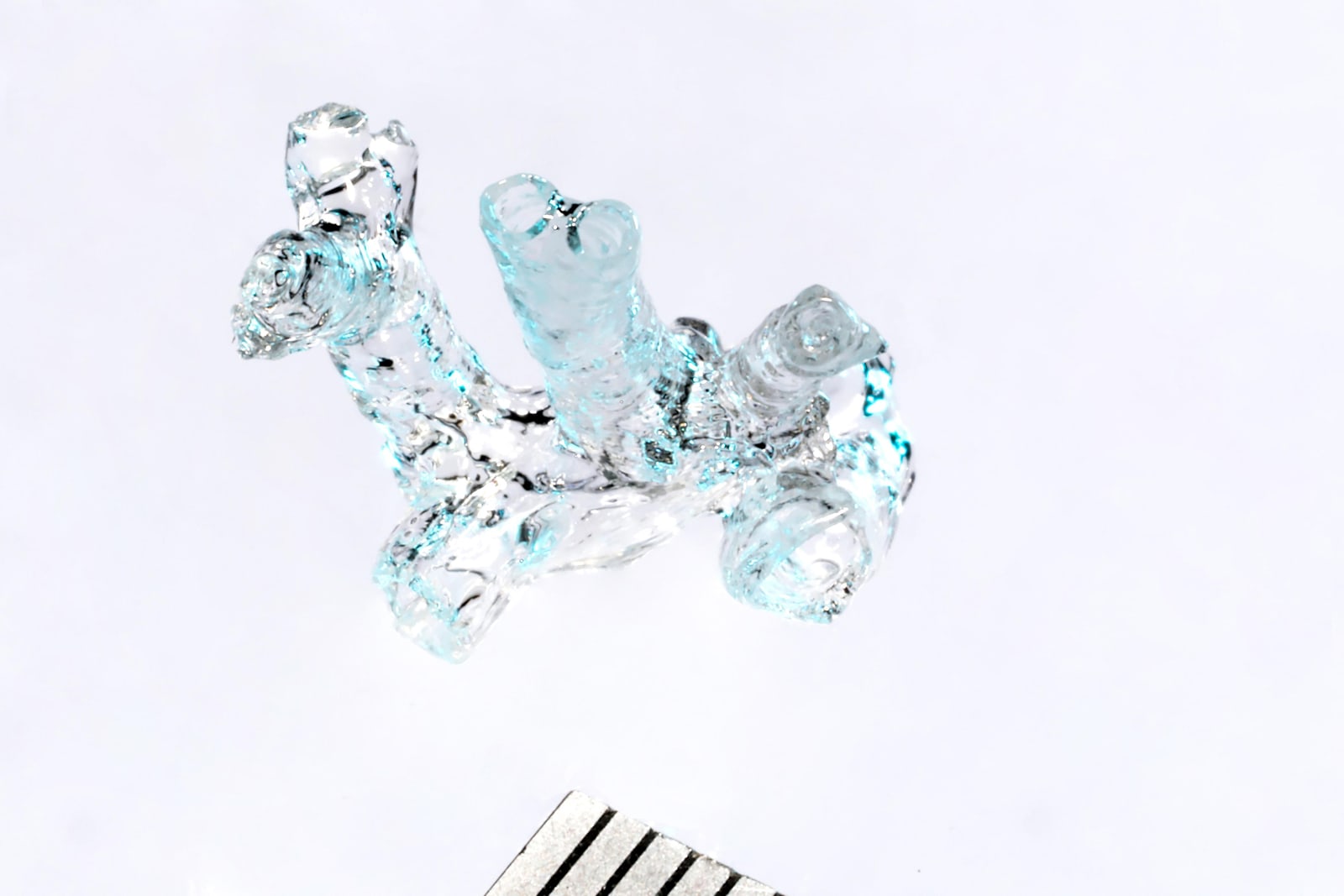 Bioprinting holds great potential for repairing injuries, testing drugs or replacing whole organs, but it's currently limited in complexity, viability and speed -- you can't just create tissue on a whim. Soon, though, it might be a matter of craftin...
Bioprinting holds great potential for repairing injuries, testing drugs or replacing whole organs, but it's currently limited in complexity, viability and speed -- you can't just create tissue on a whim. Soon, though, it might be a matter of craftin...
Scientists create gut gel ‘band-aid’ made from the body’s own bacteria
 If you get a cut on your skin, you stick a band-aid on it. But what if you get a wound in your gut? When doctors treat injuries to the intestines, they can't use patches or bandages because these materials don't stick to the slippery intestinal walls...
If you get a cut on your skin, you stick a band-aid on it. But what if you get a wound in your gut? When doctors treat injuries to the intestines, they can't use patches or bandages because these materials don't stick to the slippery intestinal walls...
Bioengineers 3D print complex vascular networks
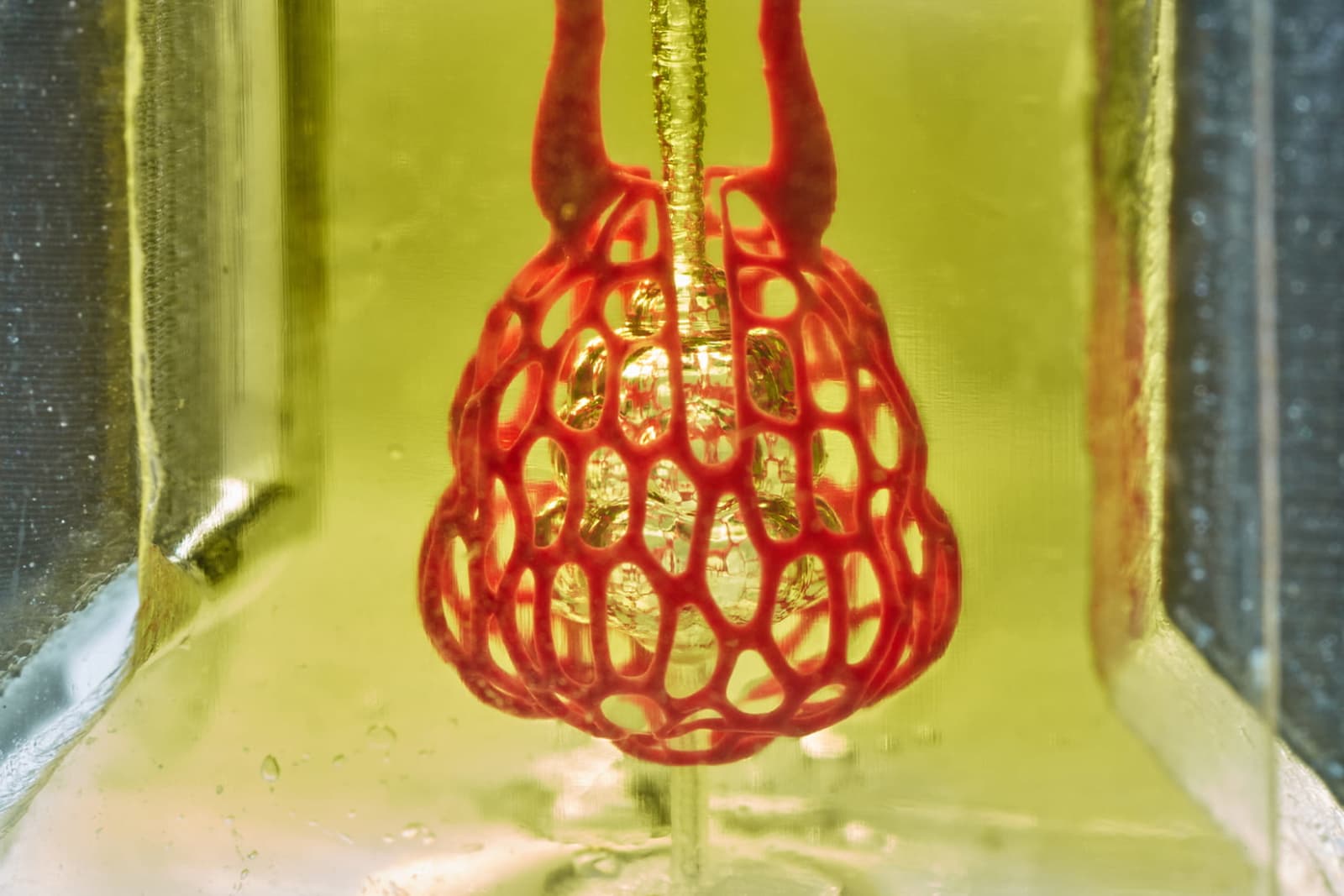 Bioengineers are one step closer to 3D printing organs and tissues. A team led by Rice University and the University of Washington have developed a tool to 3D print complex and "exquisitely entangled" vascular networks. These mimic the body's natural...
Bioengineers are one step closer to 3D printing organs and tissues. A team led by Rice University and the University of Washington have developed a tool to 3D print complex and "exquisitely entangled" vascular networks. These mimic the body's natural...
Self-healing 3D-printed gel has a future in robots and medicine
 Robots might be a little more appealing -- and more practical -- if they're not made of hard, cold metal or plastic, but of a softer material. Researcher at Brown University believe they've developed a new material that could be ideal for "soft robot...
Robots might be a little more appealing -- and more practical -- if they're not made of hard, cold metal or plastic, but of a softer material. Researcher at Brown University believe they've developed a new material that could be ideal for "soft robot...
Sticky hydrogel could revolutionize knee surgery
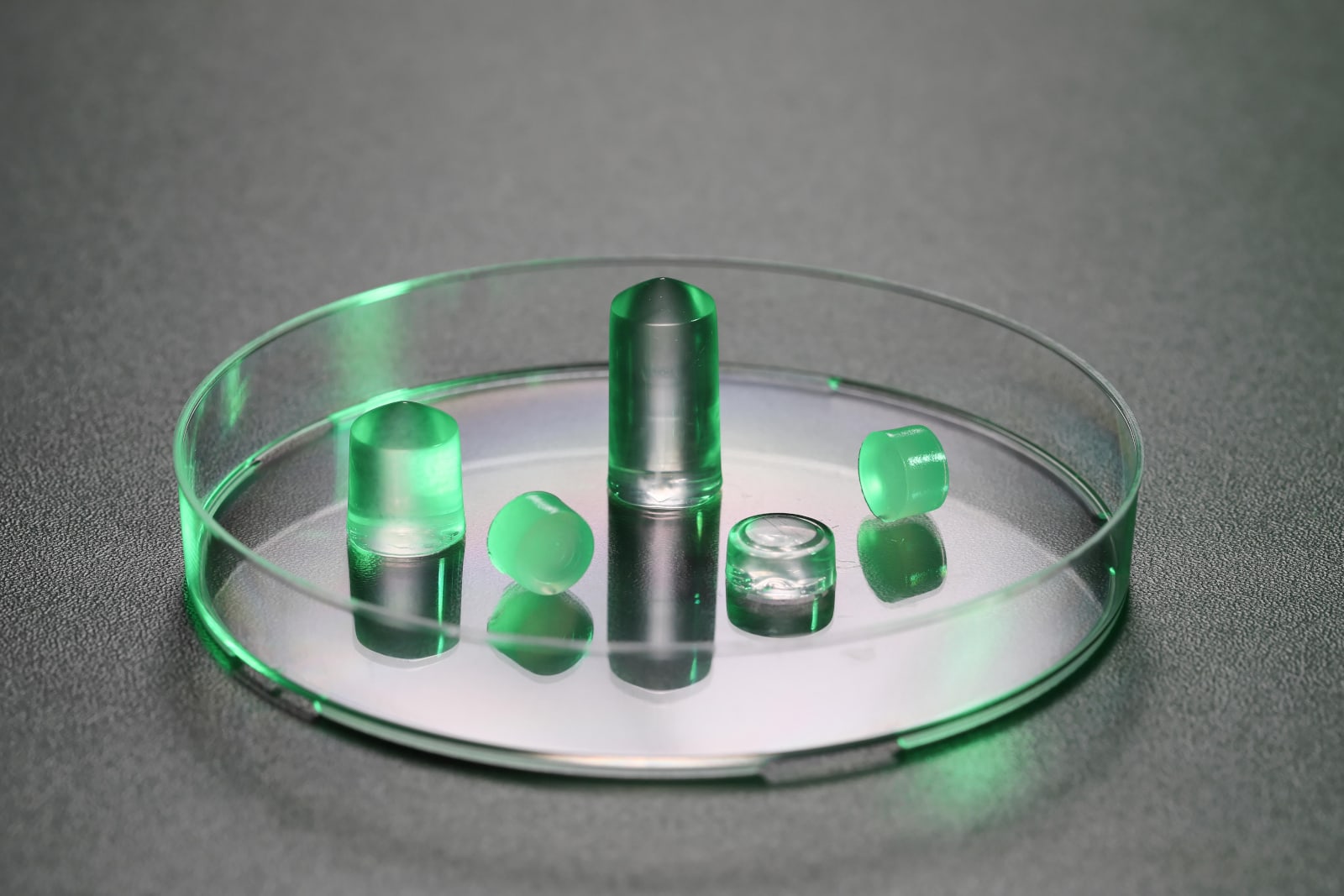 Two teams of researchers from the École Polytechnique Fédérale de Lausanne (EPFL) have created a material that can help heal damaged cartilages more effectively. See, when a cartilage gets damaged, it needs all the extra help it...
Two teams of researchers from the École Polytechnique Fédérale de Lausanne (EPFL) have created a material that can help heal damaged cartilages more effectively. See, when a cartilage gets damaged, it needs all the extra help it...
MIT researchers made a living ink that responds to its surroundings
 Researchers at MIT have developed a 3D printable hydrogel that can sense and respond to stimuli. The hydrogel is loaded with bacteria that can be genetically programmed to light-up when they come in contact with certain chemicals and, therefore, coul...
Researchers at MIT have developed a 3D printable hydrogel that can sense and respond to stimuli. The hydrogel is loaded with bacteria that can be genetically programmed to light-up when they come in contact with certain chemicals and, therefore, coul...
Kevlar cartilage could help you recover from joint injuries
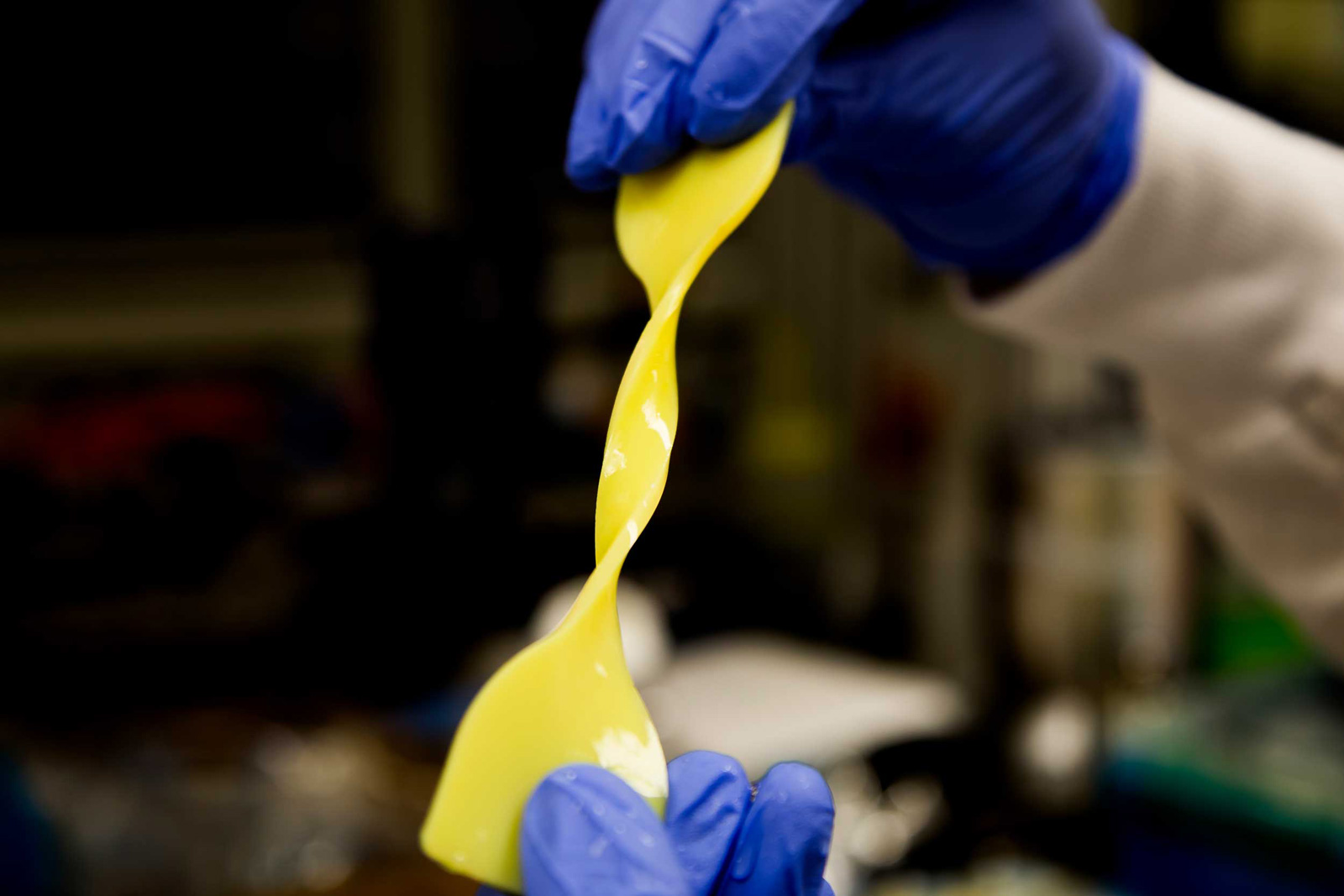 It can be difficult to fully recover from knee injuries or other damage to your joints, if just because there hasn't been an artificial replacement for cartilage that can withstand as much punishment as the real thing. That may not be an issue in th...
It can be difficult to fully recover from knee injuries or other damage to your joints, if just because there hasn't been an artificial replacement for cartilage that can withstand as much punishment as the real thing. That may not be an issue in th...
MIT Develops Transparent Hydrogel Robots That Can Catch Fish
Hey look. Robots are playing that claw game – and fish are the prize. Yes, MIT engineers have developed transparent hydrogel robots that are fast and strong enough to capture living fish. It’s cool, but also kind of creepy.

The hydrogel is shaped via laser cutting and 3D printing and can be controlled by injecting water through hollow channels in its structure. This allows for faster and stronger motion. The robotic gripper in the video demonstrates the process. As the fish swims past its claw, it grabs its helpless victim, then presumably drags it back to it’s underwater robot lair.
Beyond their light weight and flexibility, the other benefit to this design is that the robots can be nearly invisible. You know what they say, catch a robot a fish it will will eat for a day, teach a robot to fish and it will eat for a lifetime. And also someday rise up to kill you.
[via Laughing Squid]
The post MIT Develops Transparent Hydrogel Robots That Can Catch Fish appeared first on Technabob.